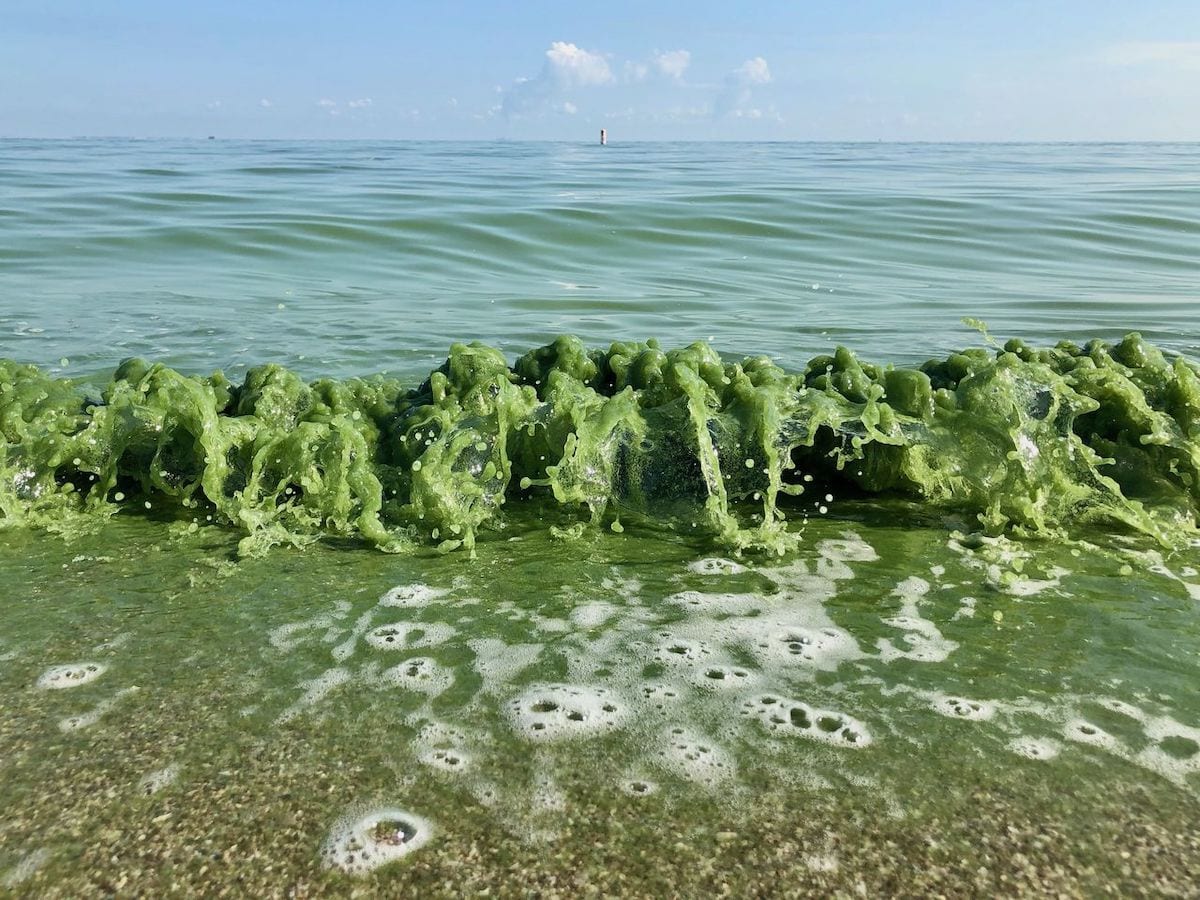Some beaches in the U.S. are so toxic that officials had to close them and post warnings. Toxic algae and bacteria caused public officials to close at least 116 lake and ocean beaches in the U.S. this spring and summer, according to an investigation by the Environmental Working Group. Health officials and other entities in 36 states issued 278 beach closures or warnings from May 5 to September 10. Michigan had the highest amount of closures and advisories, with 69. Florida and 22 while Iowa and Ohio each had 19.
Water monitoring is another victim of the COVID-19 pandemic. Some government agencies reduced water quality monitoring this year because of budget cuts due to the pandemic and the subsequent economic downturn. Utah is a good example. In June, state officials announced they will not be monitoring Utah Lake for algal blooms for a month because of uncertainty about funding, the Daily Herald reported. The county health department announced on social media that “due to state budget uncertainty, the (Utah) Division of Water Quality and Utah County Health Department are not able to sample, or provide updates for Harmful Algal Blooms (HABs) on Utah Lake until at least July 1, 2020.”
An uninformed public
There are problems with the notification systems, the EWG investigation found. Public agencies tend to rely heavily on posting signs at the affected beach, which means that people have no way to find out about a problem until they are at the affected beach. Some public agencies do not post warnings online. Instead, they only issue press releases to the media. “Such a press release may be reported briefly in a local newspaper when the warning is initially issued and not covered again, in spite of ongoing or recurrent contamination,” EWG notes.
There is a problem with relying on the news media to cover beach contamination and closures. Local news outlets across the country “have been hit hard in recent years by mergers, layoffs, furloughs, and newspaper closures,” according to EWG. The result is that many local stories are not covered.
Most government databases or websites do not archive warnings. Even when states do archive warnings online, as Michigan does, they are difficult to navigate. The Michigan BeachGuard System’s website, for example, focuses on current closures, making it harder to find accurate and complete data about past closures.
“We found a troubling mish-mash of public safety measures for toxic algae and bacterial contamination of beaches across the country,” said Anne Schechinger, EWG senior analyst of economics and a co-author of the report. “Dozens of different government agencies and other organizations issued warnings with inconsistent wording, unclear direction, and insufficient explanations of human health threats.”
Farm runoff is the major cause of water pollution in the U.S.
Although media reports about beach closures rarely mention the cause of algae or bacteria contamination. Farm runoff is a major cause of water pollution. Manure is often used as a fertilizer and it runs off fields. It contains contaminants like E. coli, salmonella, antibiotic-resistant bacteria, and phosphorus, which causes algae blooms. Bodies of water become contaminated by the runoff. Runoff from farms in the upper Midwest have been linked to algae blooms in Lake Erie, throughout Iowa, and on the coast of Mississippi.
About 40 percent of U.S. land is used for agriculture and agriculture is the leading source of contamination in the country’s rivers and lakes, according to the U.S. Geological Survey (USGS). Around half a million tons of pesticides, 12 million tons of nitrogen, and four million tons of phosphorus fertilizers are applied every year to crops in the continental U.S. Concentrated animal feeding operations (CAFOs) contribute greatly to water contamination. A thousand or more farm animals are held in cramped conditions and produce a huge amount of waste. If that waste is released, it can end up in lakes and rivers.
Agricultural runoff is “largely not regulated” under the Clean Water Act, according to the EWG investigation. The EWG’s investigation “points to the need to hold the agriculture industry accountable for water pollution – and even more importantly, to prevent pollution before it contaminates our waters,” said Schechinger.
There is a need for a nationwide beach monitoring program. EWG recommends that a national monitoring program provide consistent and accurate testing of bodies of water. In addition, EWG urges universal standards for contamination levels considered unsafe and triggering warnings, easy-to-access archives of past data, and multimedia public communications efforts that clearly convey the contamination issues and the risks they pose.
Photo by Cleveland.com



One Reply to “Toxic Beaches in the U.S.”